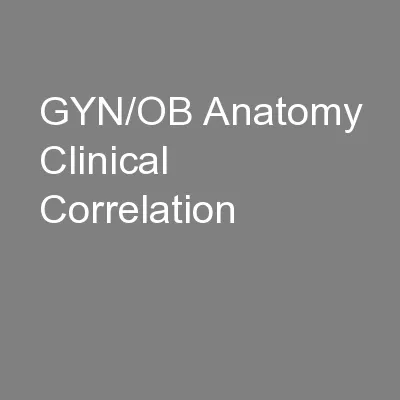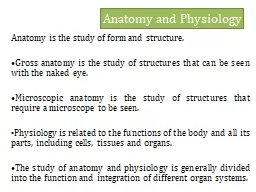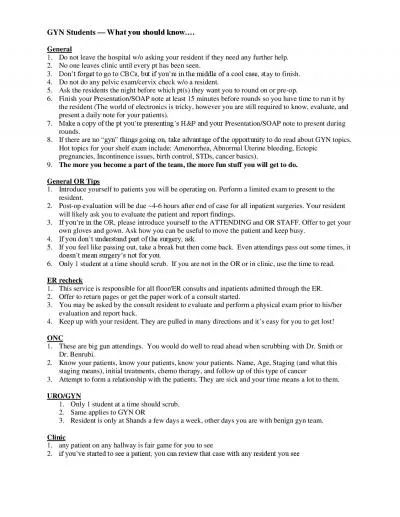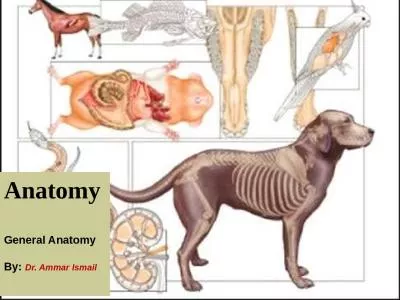PPT-GYN/OB Anatomy Clinical Correlation
Author : debby-jeon | Published Date : 2015-11-18
Presented by Drs Green Grimes Handa amp Hueppchen along with Anatomy Faculty 12208 Case 1 Day 1 8pm A 21yearold woman presents to the emergency department complaining
Presentation Embed Code
Download Presentation
Download Presentation The PPT/PDF document "GYN/OB Anatomy Clinical Correlation" is the property of its rightful owner. Permission is granted to download and print the materials on this website for personal, non-commercial use only, and to display it on your personal computer provided you do not modify the materials and that you retain all copyright notices contained in the materials. By downloading content from our website, you accept the terms of this agreement.
GYN/OB Anatomy Clinical Correlation: Transcript
Download Rules Of Document
"GYN/OB Anatomy Clinical Correlation"The content belongs to its owner. You may download and print it for personal use, without modification, and keep all copyright notices. By downloading, you agree to these terms.
Related Documents














